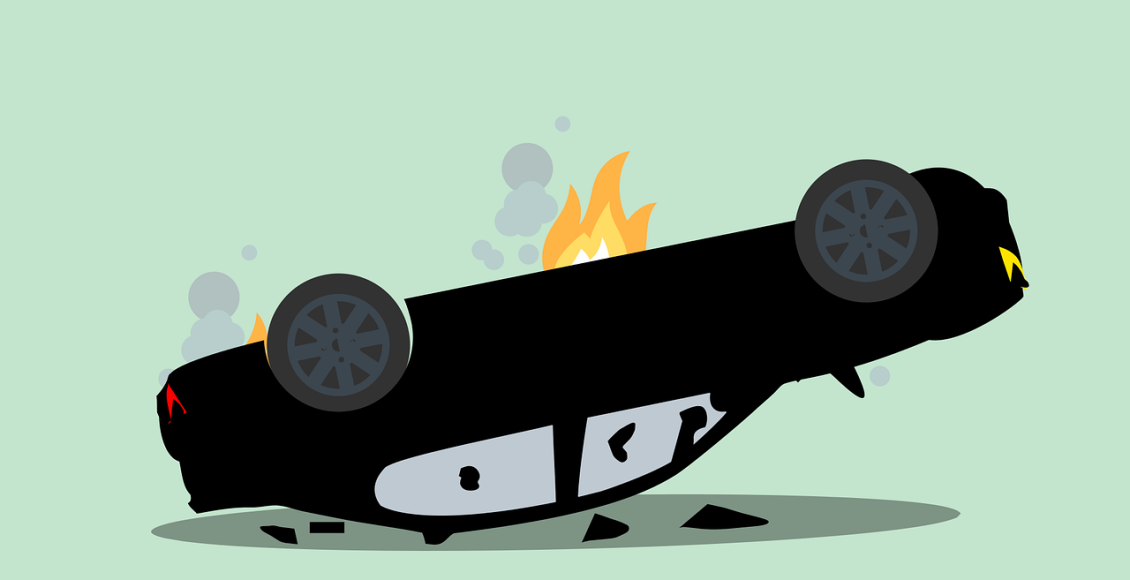A car hitting your house might feel surreal at first, but it’s more common than you think. The chaos of property damage, insurance claims, and potential displacement can be a nightmare. Knowing the correct steps ahead of time can help you respond with clarity and confidence.
With that in mind, it’s worth sticking around as we break it all down. You’ll handle everything from securing your safety and documenting the scene to understanding insurance policies and managing repairs.
Ensuring Immediate Safety After the Accident
Around 100 vehicles strike buildings every day, so it’s worth being prepared for the fallout of this type of incident. First and foremost, check everyone in your household for injuries. Move to a safe area away from the damaged structure. Avoid re-entering the home, as structural damage could make it unsafe.
Call 911 to report the accident and request emergency services if needed. First responders assess the situation and decide whether to shut off utilities like gas or electricity.
If the vehicle is still lodged in your home, stay clear of it to avoid potential fire or further collapse. Your safety and the safety of those around you should always be your top priority.
How to Document the Damage Properly
Take photos and videos of the damage from multiple angles, both inside and outside the house. Capture the vehicle, the point of impact, and any visible structural issues.
Write down details of the incident while they’re fresh in your mind, including the time, date, and any conversations with the driver.
Ask for the driver’s license, insurance information, and contact details. If there are witnesses, collect their names and statements.
Keep copies of police reports and any documents related to the accident. Thorough documentation will be crucial for insurance claims and any subsequent legal proceedings.
Understanding Liability and Fault Rules
Liability typically depends on who is responsible for causing the accident. If the driver is at fault, their auto insurance should cover the damage. However, in some cases, such as when an uninsured driver is involved, your homeowner’s policy may need to step in.
Fault laws vary by state. It’s crucial to know your local rules and how they impact claims, so hiring nearby specialists is your best option. For instance, if you need a car accident lawyer in Tulsa, choosing DM Injury Law makes more sense than working with firms based in other regions.
Understanding fault early helps streamline the process and ensures you pursue compensation appropriately.
Contacting the Right Authorities and Agencies
After ensuring safety, notify the local police to file an official report. This document will be vital for insurance claims and legal proceedings.
Contact your homeowner’s insurance provider immediately to report the damage. If the driver is at fault, also reach out to their auto insurance company.
If utilities like gas or electricity were compromised, inform the utility companies to prevent further hazards. With as many as 140 gas leaks occurring each month, this is a particularly important aspect to consider.
Local building authorities may need to inspect the damage to confirm if the home is safe to occupy. Prompt communication ensures that all necessary steps are taken to address the situation properly.
Working with Homeowners and Auto Insurance
Start by reporting the incident to your homeowner’s insurance provider. Provide them with photos, videos, and a copy of the police report.
If the driver is at fault, their auto insurance should cover the repair costs. Share their insurance details with your provider, who will coordinate with the other party’s insurer.
Review your policy to understand coverage limits, deductibles, and any exclusions. If the driver is uninsured, your policy’s liability or property damage clauses may apply.
Stay in regular contact with both insurance companies to keep the claims moving and avoid delays in repairs. And if you’re looking for the right home insurance, consider the reputation of potential providers for customer communication, so you can be confident that they’ll assist you in this scenario.
Handling Repairs and Temporary Living Arrangements
Once the damage is assessed, hire a licensed contractor to secure the property and begin repairs. Your insurance provider may recommend contractors or allow you to choose your own.
If the home is uninhabitable, check your homeowner’s policy for additional living expense (ALE) coverage. This can help cover hotel stays, rental homes, or other temporary accommodations.
Obtain all necessary permits for structural repairs, because local authorities may conduct inspections of the work.
Keep all repair invoices and receipts for insurance reimbursement. Act quickly to reduce disruption and restore your home as fast and safely as possible.
Wrapping Up
Dealing with a car crashing into your home won’t be easy, but knowing the right steps helps you stay in control.
Prioritize safety, document everything, and work closely with insurance providers to navigate repairs and claims. With the right approach, you’ll restore your home and regain peace of mind.


